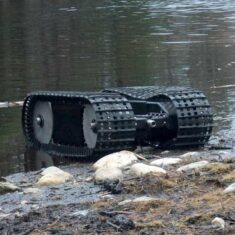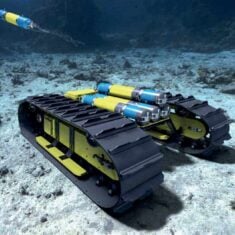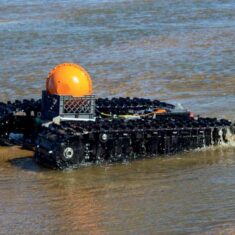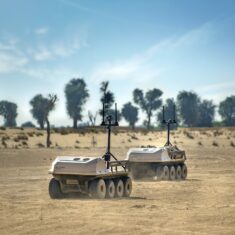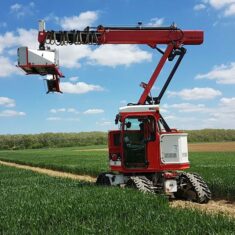Autonomous Robotic Vehicles
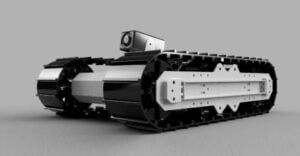
Tactical Robotic Vehicle by GESAR
Autonomous ground vehicles (AGVs) are robotic vehicles that can perform some or all aspects of their operations without the need for direct input from a human. They may operate by following preprogrammed waypoints, or use more complex capabilities such as machine learning, computer vision and artificial intelligence to make decisions and navigate through their environments.
AGVs may use a variety of different propulsion methods, including wheels, tracks and legs. While many are electrically-powered, larger vehicles may use combustion engines. Autonomous navigation may be aided by onboard processing systems that run advanced algorithms such as AI and SLAM (simultaneous localization and mapping). Vehicles may be designed from the ground up or based on manned vehicles and retrofitted with an autonomy kit.
Military Applications
AGVs may be used for a wide variety of roles that involve performing tasks that are unpleasant, hazardous or less efficient for human beings. Military applications include transportation of supplies such as ammunition and weaponry, medical evacuation, ISR (intelligence, surveillance and reconnaissance) and force protection. AGVs can be programmed to follow each other in a convoy formation, or to maintain a certain distance behind infantry personnel. Some autonomous robotic vehicles may be equipped with weapons systems, although regulations state that firing must be performed with a human in the loop.
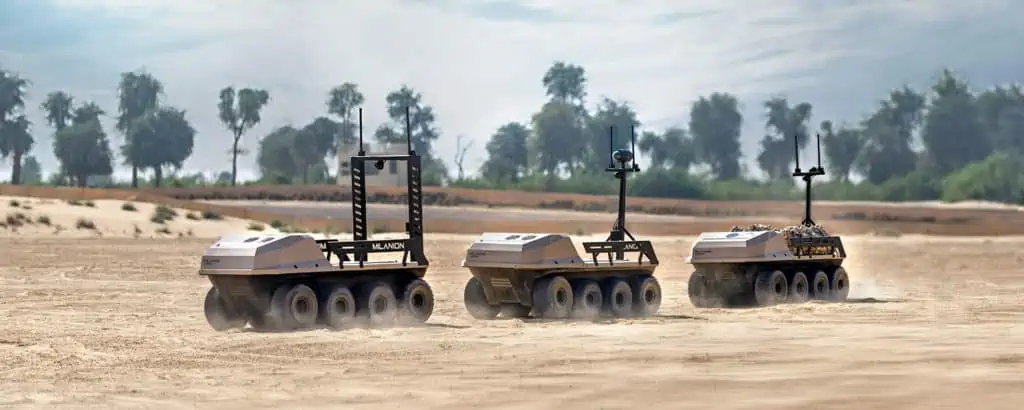
Autonomous Ground Vehicles by Milanion
Commercial Applications
AGVs are also used for a range of civilian roles. These include agriculture, manufacturing, emergency response, mining, mapping and space travel. Self-driving cars are also under development, although full autonomy has yet to be achieved.
Self-driving cars use a range of sensors to perceive and navigate through their environment, including cameras, LiDAR for autonomous vehicles, GNSS receivers, odometers and IMUs (inertial measurement units). Data is combined using sensor fusion algorithms and processed using onboard embedded computing systems.
Autonomous cars and other autonomous vehicles can be categorized according to their level of autonomy, with a common scheme using six levels from zero (no autonomy) to five (capable of managing any task that would be faced by a human driver).







